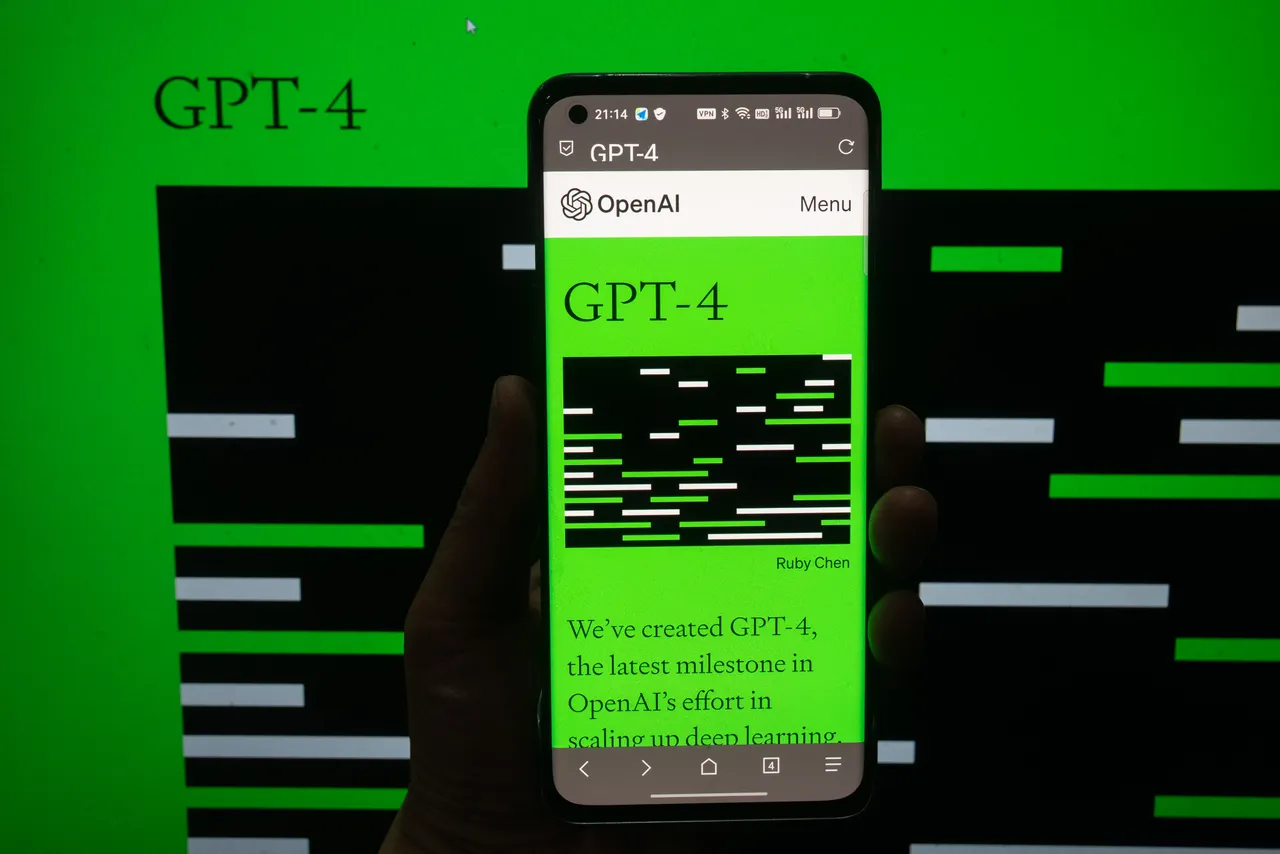
What is GPT-4?
GPT-4 is the newest version of OpenAI's language model systems. Its previous version, GPT 3.5, powered the company's wildly popular ChatGPT chatbot when it launched in November of 2022.
GPT stands for Generative Pre-trained Transformer (GPT), a type of language model that uses deep learning to generate human-like, conversational text.
What can GPT-4 do?
Since GPT-4 is a large multimodal model (emphasis on multimodal), it is able to accept both text and image inputs and output human-like text.
For example, with GPT-4, you could upload a worksheet and it will be able to scan it and output responses to the questions. It could also read a graph you upload and make calculations based on the data presented.
The intellectual capabilities are also more improved in this model, outperforming GPT-3.5 in a series of simulated benchmark exams, as seen by the chart below.
When was GPT-4 launched?
GPT-4 was unveiled by OpenAI on March 14, 2023, nearly four months after the company launched ChatGPT to the public at the end of November, 2022.
Where can I access GPT-4?
OpenAI has yet to make GPT-4's visual input capabilities available through any platform because the research company is collaborating with a single partner to start. However, there are ways to access GPT-4's text input capability.
The only way to access the text-input capability through OpenAI is with a subscription to ChatGPT Plus, which guarantees subscribers access to the language model at the price of $20 a month. However, even through this subscription, there will be a user cap which means you may not be able to access it whenever you'd like, something to consider before making the investment.
There is a free way to access GPT-4's text capability and it's by using Bing Chat.
Also:Still waiting for Bing Chat access? Make sure you do these 4 things
The day that GPT-4 was unveiled by OpenAI, Microsoft shared that its own chatbot, Bing Chat, had been running on GPT-4 since its launch five weeks ago. Bing Chat is free to use but does require signing up via a waitlist.
What is Bing Chat?
Bing Chat is Microsoft's chatbot, which runs on OpenAI's most advanced LLM -- GPT-4. Within one month of launching, 45 million chats took place on the platform with the new Bing having 100 million daily active users (DAU), according to Yusuf Mehdi, Microsoft corporate vice president and consumer chief marketing office.
Also: What is Bing Chat? Here's everything we know
The chatbot's popularity stems from the fact that it has the same abilities of ChatGPT but has full access to the internet, which ChatGPT does not have. The public can use it by applying to a waitlist to be granted access.
Is there a GPT-4 API available?
Yes, a GPT-4 is available for developers via a waitlist.
The waitlist asks for specific information regarding how you plan to use GPT-4, such as building a new product, integrating into an existing product, academic research, or just general exploration of capabilities. The form also asks you to share specific ideas you have for GPT-4 use.
What model does ChatGPT currently use?
ChatGPT is powered by GPT-3.5, which limits the chatbot to text input and output.
What is the difference between GPT-4 and GPT-3.5?
The main difference between the models is that because GPT-4 is multimodal, it can use image inputs in addition to text, whereas GPT-3.5 can only process text inputs.
The distinction between GPT-3.5 and GPT-4 will be "subtle" in casual conversation, according to OpenAI. However, the new model will be more capable in terms of reliability, creativity, and even intelligence as seen by the higher performance on benchmark exams above.
Can GPT-4 get answers wrong still?
Yes, GPT-4 is prone to similar limitations as previous GPT models. OpenAI even says that this model is, "not fully reliable (it "hallucinates" facts and makes reasoning errors)".
Despite the warning, OpenAI says GPT-4 hallucinates less often than previous models with GPT-4 scoring 40% higher than GPT-3.5 in an internal adversarial factuality evaluation. The chart is included below.